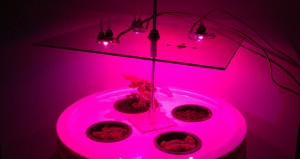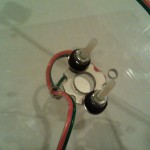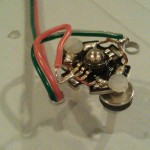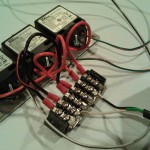Heirloom & Open Pollinated
An heirloom plant is a cultivar that existed before plant breeders introduced hybrid cultivars. However, authorities don’t agree on an exact cutoff date.
Although open-pollinated cultivars have been introduced after 1951, a widely accepted date, others believe the cultivar needs to have a documented history of 50 or even 100 years. Some believe the date to be 1945.
Regardless of which camp you are in, the basic principals generally apply. The plant must be open pollinated, and cannot be a hybrid produced by a breeder through controlled pollination or genetic modification.
There are some caveats and exceptions. A good example is Bloody Butcher Corn, which has a rich documented history dating back to about 1845, but originated in the 1800′s by mixing Native American corn with settlers’ corn. Which makes it a hybrid, but it predates most authorities’ standards.
Other cultivars, like Oaxacan Green Corn or Hopi Blue corn more closely adhere to the rules, and are ancient varieties that have existed for centuries.
So what is the open pollinated component to the heirloom rules? Open pollination is pollination through natural mechanisms. Those mechanisms include, insects such as bees, birds, wind, or self pollinating(cleistogamy) plants.
There are also exceptions and caveats to open pollination. Many heirloom cultivars have been propagated and maintained through cuttings and transplants, which requires no pollination. With the exception of self pollinating plants, open pollination does not regulate the parent source of pollination.
Open pollination results in plants with a wider variation in genetic traits, and increases biodiversity. In that way, the principles of open pollination clash with the definitions and principles of heirloom cultivars. A 1st generation of an open pollinated cultivar can produce undesirable ‘rogue’ plants, that exhibit genetic traits that are significantly different from their parent plant.
Tags: bloody butcher, heirloom, oaxacan green, open pollinated, Organic Comments


